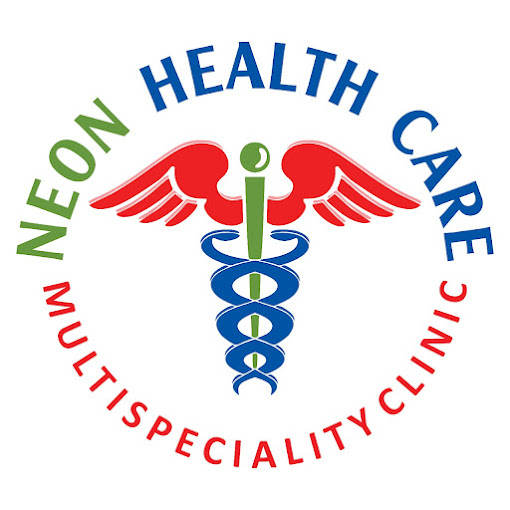Nosebleeds, or epistaxis, are a common occurrence that can affect people of all ages. They often appear frightening, especially if they happen unexpectedly. While they are seen frequently in both children and adults, many people have misconceptions about what causes them, leading to unnecessary worries.
Epistaxis Explained: A Closer Look at Nosebleeds
Epistaxis is the medical term for a nosebleed. There are two main types: anterior and posterior. Anterior nosebleeds are the most common, where bleeding occurs from the front part of the nose, typically mild and easy to manage. Posterior nosebleeds are less frequent but more severe and originate from deeper inside the nose.
Common symptoms include a sudden flow of blood from one or both nostrils. Epistaxis is usually harmless, but understanding its symptoms helps in distinguishing between simple and serious cases, ensuring better management and care.
Causes of Epistaxis: Break Down the Culprits
Various factors can trigger epistaxis.
1. Environmental Factors: – Dry air can dry out the nasal membranes, making them more susceptible to bleeding. – Temperature changes, like moving from a warm environment to a cold one, can irritate the nasal passages.
2. Physical Factors: – Nose picking is a common factor, especially in children. – Vigorous nose blowing can damage the delicate lining inside the nose. – Trauma, such as a bump or a fall, might lead to bleeding.
3. Medical Conditions: – Allergies and infections can inflame and weaken the nasal passages, increasing bleeding risks. – Systemic issues like high blood pressure can affect nasal blood vessels. – Clotting disorders make it challenging for blood to clot naturally.
4. Medications: – Blood thinners, commonly prescribed for heart conditions, can make bleeding worse. – Overuse of nasal sprays can dry out nasal passages, leading to potential bleeding.
Identifying Risk Factors for Frequent Epistaxis
Certain factors increase the likelihood of recurring nosebleeds:
- Age: Children and older adults often experience more nosebleeds due to delicate nasal passages.
- Chronic health conditions, such as clotting disorders.
- Lifestyle habits like smoking and alcohol consumption can irritate nasal tissues, leading to more frequent bleeds.
Nose Bleeding Treatment: How to Stop a Nosebleed
Stopping a nosebleed can be straightforward if you know the right steps:
- Sit up straight and lean forward slightly. This helps avoid swallowing blood.
- Pinch the soft part of your nose.
- Hold this position for 5 to 10 minutes while breathing through your mouth.
- Apply a cold pack to your nose or forehead to help constrict blood vessels.
If the bleeding does not stop after 20 minutes or is very heavy, it might be a sign to seek medical help. Any nosebleed accompanied by dizziness, confusion, or severe headache needs immediate attention.
Preventing Nosebleeds: Practical Tips for Everyday Life
To reduce epistaxis frequency, consider the following:
- Use a humidifier to keep indoor air moist, especially during dry seasons.
- Saline nasal sprays can maintain moisture in your nostrils.
- Blow your nose gently and avoid picking.
- Stay away from nasal irritants like smoke and harsh chemicals.
- Manage underlying health issues, such as allergies or high blood pressure, to prevent irritations.
When You Should Consult a Doctor
Some signs indicate a need for professional help:
- Frequent nosebleeds that occur more than once a week should be evaluated.
- Bleeding that lasts longer than 20 minutes or is very heavy.
- Accompanied symptoms like feeling faint, chest pain, or rapid heartbeat.
Consulting a doctor ensures any serious underlying issues are addressed promptly.
Treatment Options for Chronic Nosebleeds
For persistent nosebleeds, medical interventions can help:
- Cauterization, a technique that seals the blood vessel causing the bleed, can be effective.
- Nasal packing using gauze or sponges can stop bleeding by applying pressure.
Medications might be necessary for chronic epistaxis, especially if a clotting disorder or high blood pressure contributes. Deciding on these treatments relies on a thorough discussion with your healthcare provider.
Debunking Nosebleed Myths: Separating Facts from Fiction
Some believe nosebleeds are always serious or a sign of a major health crisis. However, most are harmless and can be managed at home.
Another common myth is that only adults get them, while nosebleeds are actually more frequent in children.
Understanding the facts helps reduce fear and promotes proper management and care.
In Conclusion: Understanding and Managing Epistaxis
Epistaxis is common and usually not alarming. Knowing the causes of epistaxis and proper nose bleeding treatment can ease concerns.
By staying informed, using the right treatments, and knowing how to stop a nosebleed, you can manage and prevent future occurrences effectively.


